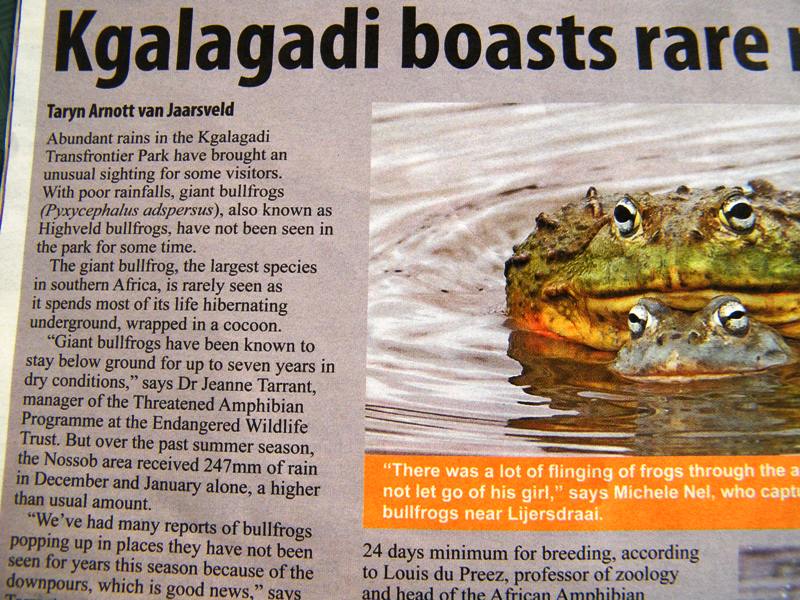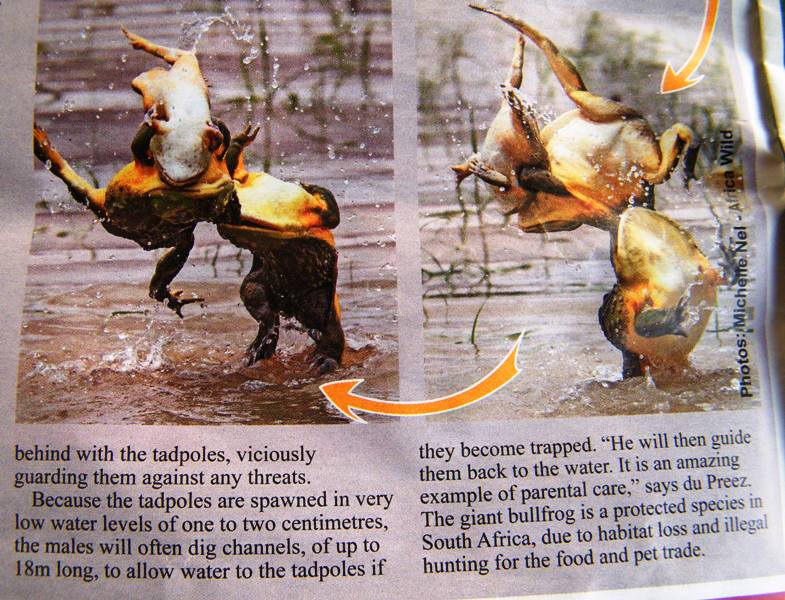Voortrekker frogs: How the painted reed frog moved to the Cape
2015-04-02 11:50
Cape Town - Like those who flock from around the country to live in scenic Cape Town, so too did the painted reed frog decide to make a new home in the Fynbos region around 17 years ago.
These 3cm frogs took on the monumental task of crossing over at least 400km and rugged terrain to settle around Cape Town and the Boland in the Western Cape.
How did they do it?
They may have hitched a comfy ride in your handbag, car or caravan, neatly bypassing the "Groot Trek" over the Riviersonderend Mountains.
"They are quite small and not easily noticed, so it's not like a huge toad climbed into your bag," jokes Sarah Davies of Stellenbosch University's Centre for Invasion Biology.
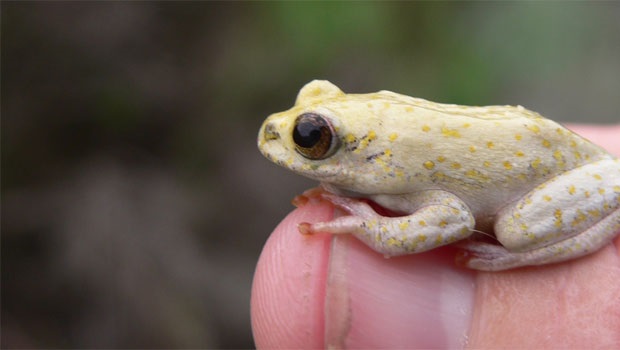
Two populations
Until 1998, this local frog was happily croaking away in the north-eastern parts of the country, namely the northern parts of KwaZulu-Natal, Limpopo, the Kruger National Park, Durban, most of the Eastern Cape and as far as the Tsitsikamma forest on the Garden Route.
Today, there seem to be two separate populations, one in the area between Tsitsikamma forest and Swellendam, and the other around Cape Town.
Why did this tiny critter risk its life to make such an out-of-the blue journey and manage to breed in an area without summer rainfall?
Davies wondered the same thing and came closer to an answer at the conclusion of her PhD in Zoology at the end of last year.
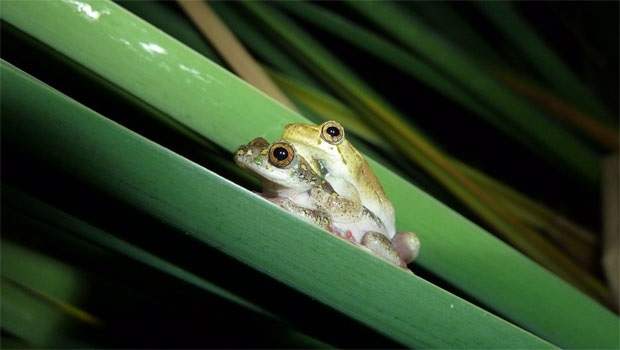
This was after she went driving around at night with her car window down to listen for the frogs at water bodies, and enlisted the help of the public in spotting them.
"I am still playing with it in my mind..." she said, posing a possible mode of transportation that is more natural for frogs.
Farm dams
"I think it has something to do with the rate at which farmers are constructing farm dams. This might have increased in the last 15 or 20 years," she says.
Davies said a new Water Act was passed in 1998, which changed the way water was managed.
The legislation changes may have led to more farmers constructing dams and frogs being able to jump across arid areas.
The painted reed frog is what is known as an "urban exploiter", because it can enter a semi-dormant state if there is no water for up to 40 days, and is quite happy to shout for an attractive amphibian mate at a man-made dam.
Davies said another reason the frog may have entered the region is because of an increasing rate of trade and transport, with more trucks moving along the N2 into Cape Town, carrying things like nursery plants and building materials.
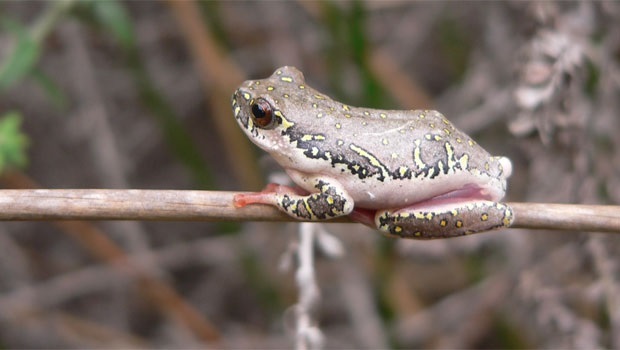
Invasive
Even though the species is native to the country, it is considered invasive because it is outside of its historic range and has spread rapidly.
But do they pose a threat to frogs who have been in the Western Cape for much longer?
At first, Davies believed they might threaten the arum lily frog because they share similar water bodies and insect diets, but there is no evidence yet to back this up.
'"If there was going to be an interaction, we probably would have seen that already," Davies says.
The arum lily frog is more choosy about its environment and prefers to live close to the coast.
Neither species is endangered or is under threat.
The painted reed frog is either stripy, spotty or marbled and the three sub-species interbreed.

What to do if you spot one
If you spot one in your garden, it's best to leave it alone rather than catch or kill it.
"It probably means you have a really healthy garden with insects and water around."
If you find the frog chilling in your caravan or in a bunch of bananas you've bought, Davies recommends calling a local conservation office so they can collect and identify it, and perhaps send it to a sanctuary.
The most unwise solution is taking the frog to the nearest river or stream as it may introduce a new disease or parasite to that water system.
And don't think about making them pets.
They may be adorable, but are very difficult to feed.
- News24



